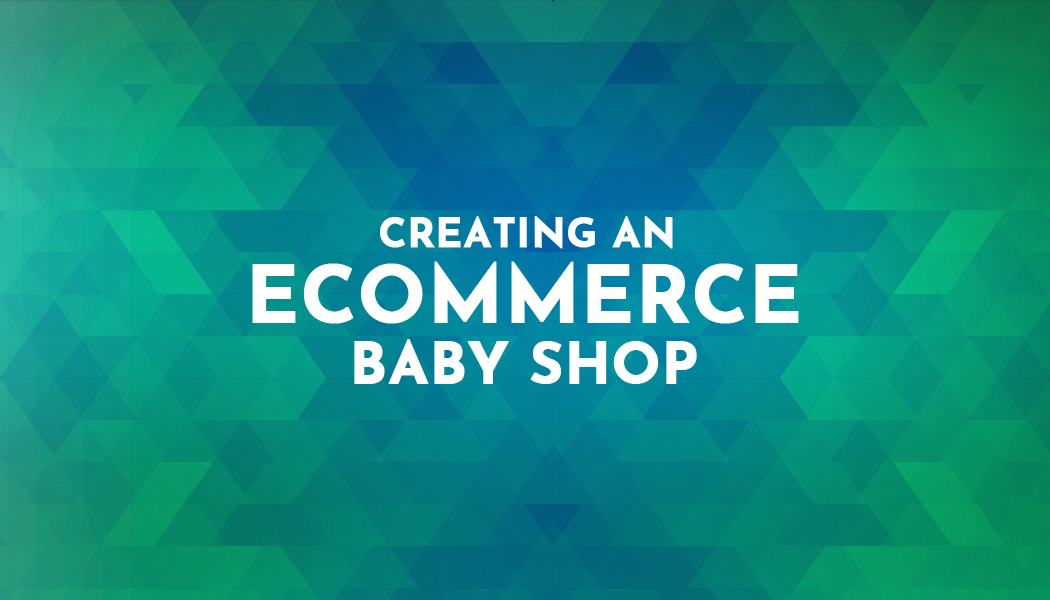Creating An eCommerce Baby Shop
Setting up an online baby boutique or store can be an exciting entrepreneurial venture for parents, and it allows you to showcase and sell various baby products to customers worldwide.
Market research
Conduct thorough market research to identify your target audience, understand their preferences, and assess the demand for baby products. Explore existing online baby boutiques and stores to gather insights about popular items, pricing, and marketing strategies.
Niche selection
Determine your niche within the baby products market. You can specialise in specific categories such as clothing, accessories, toys, nursery décor, organic products, or eco-friendly options. Focusing on a specific niche helps you establish a unique selling proposition and cater to a particular customer base.
Business plan
Develop a comprehensive business plan that outlines your goals, target audience, product range, pricing strategy, marketing approach, and financial projections. A well-defined business plan is a roadmap for your online baby boutique and helps you stay focused and organised.
Supplier selection
Identify reputable and reliable suppliers or manufacturers for your baby products. Ensure the products meet safety standards and are of high quality. When choosing suppliers, consider factors such as product variety, pricing, minimum order quantities, shipping options, and return policies.
Website development
Create an appealing and user-friendly website for your online baby boutique. Invest in professional web design and development services, or use e-commerce platforms like Shopify to simplify the process. Ensure your website has clear product categories, high-quality images, detailed descriptions, and secure payment options.
Website development encompasses the entire process of creating and maintaining a website. It involves various stages, starting with strategic planning and extending to design, development, testing, and ongoing maintenance.
The first step in website development is establishing a clear purpose for the website, whether it's to showcase products, provide information, or offer a platform for interaction.
Design and user interface (UI) play a crucial role in creating an engaging website. This involves wireframing and prototyping to visualise the website's structure and layout, followed by the implementation of a visually appealing design that aligns with the brand's identity. The responsive design must ensure a seamless user experience across different devices and screen sizes.
Front-end development focuses on building the visible parts of the website using HTML, CSS, and JavaScript. HTML provides the structure and content, CSS determines the appearance and style, and JavaScript adds interactivity and dynamic functionality. Back-end development involves server-side programming languages and database integration to handle data processing, server functionality, and content management.
Content management systems (CMS) can be utilised to simplify content creation and editing.
Thorough testing and quality assurance are essential to ensure the website functions properly, displays correctly on various browsers and devices, and delivers a seamless user experience. Validation of code helps ensure compliance with web standards. Search engine optimisation (SEO) techniques can be implemented to improve the website's visibility and search engine rankings.
Once the website is launched, ongoing maintenance is necessary to monitor performance, fix bugs, apply security updates, and update content regularly. Analytics tools provide valuable insights into website performance, user behaviour, and conversions, enabling data-driven decision-making and continuous optimisation.
Inventory management
Establish an effective inventory management system to track and organise your products. Regularly monitor stock levels, identify popular items, and restock accordingly. Consider implementing inventory management software to streamline operations and prevent overselling or stockouts.
Branding and marketing
Develop a strong brand identity for your online baby boutique. Create a compelling logo, design a visually appealing website, and establish consistent branding across all marketing channels. Implement a marketing strategy that includes social media marketing, content creation, email marketing, influencer collaborations, and search engine optimisation (SEO) to drive traffic and generate sales.
Customer service
Prioritise exceptional customer service to build trust and loyalty. Offer responsive customer support channels like email, live chat, or phone assistance. Respond promptly to inquiries, resolve issues efficiently, and consider implementing a return or exchange policy to enhance customer satisfaction.
Social responsibility
Consider incorporating social responsibility initiatives into your business. For example, you can donate some of your sales to children's charities, support eco-friendly practices, or source products from fair-trade suppliers. Demonstrating social responsibility can attract socially conscious customers and enhance your brand's reputation.
Continuous improvement
Stay updated with industry trends, customer feedback, and changing market demands. Regularly assess your product offerings, pricing, website performance, and marketing strategies to identify areas for improvement. Continuously adapt and refine your online baby boutique to stay competitive.
Conclusion
Remember to comply with all relevant legal and safety regulations, especially when dealing with baby products. Research local laws regarding product testing, labelling requirements, and certifications to ensure your business operates within legal boundaries.
Starting an online baby boutique or store requires dedication, attention to detail, and a commitment to providing high-quality products and services. With proper planning, execution, and a customer-centric approach, you can create a successful online business catering to parents and caregivers seeking quality baby products.




